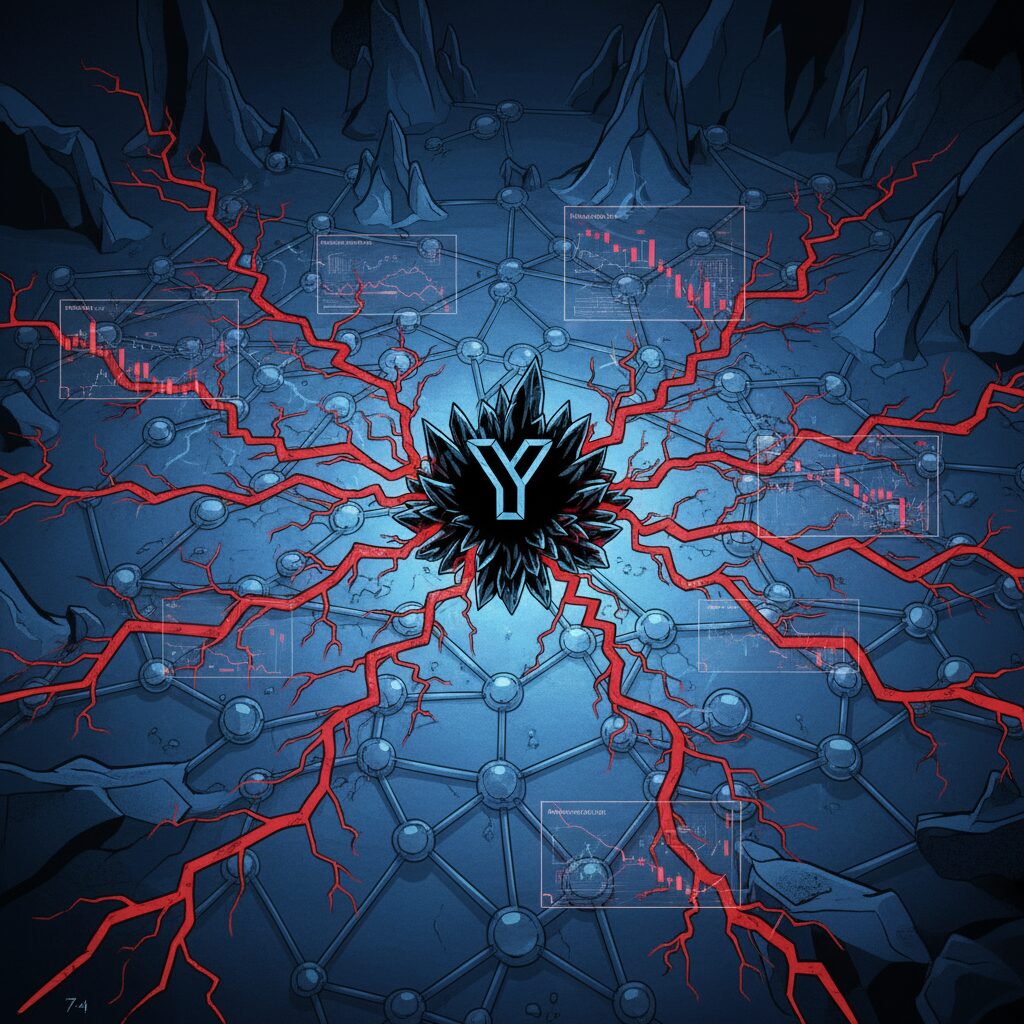Beyond the Hype: Why Web3’s Future Depends on ‘Boring’ Finance

The cryptocurrency world has long been defined by a disconnect between its transformative potential and the market’s speculative reality of meme coins, NFTs, and high-risk trading. But what if the industry’s defining moment isn’t another bull run but a quiet shift toward everyday financial utility? Ethereum co-founder Vitalik Buterin suggests just that, arguing that the network’s future lies not in speculative frenzy but in the steady, reliable infrastructure of payments, savings, and low-risk lending.
In a recent blog post, Buterin outlined a vision for “low-risk DeFi,” a model he believes can deliver genuine global financial access. This perspective challenges the industry to move beyond self-contained spectacle and focus on building tools with real-world value.
The Problem with the Sizzle Paradox
Buterin’s call for a return to fundamentals is a crucial acknowledgment that profound change often comes from quiet, day-to-day applications. Speculative assets, while generating massive hype, suffer from a “Sizzle Paradox”—a situation where incredible technology is used primarily for zero-sum games. This environment trains users to prioritize exit liquidity over long-term utility, trapping Web3 in a perpetual hype bubble. This focus on hyper-volatility ensures crypto remains a walled garden for traders, failing to deliver on its promise of financial inclusion. For the space to mature, it must shift from projects that collapse when the excitement fades to services that thrive on essential economic activity.
The Power of Low-Risk Infrastructure
Why is a shift to “boring” finance so important? Because it transforms the network’s goal from extracting value to creating it. The true innovation of a decentralized network isn’t a lottery ticket; it’s the censorship-resistant guarantee of access and stability. When projects focus on low-risk Decentralized Finance (DeFi), they are building digital public goods.
For example, MakerDAO’s decentralized stablecoin, Dai, provides a trusted store of value that has become a lifeline in high-inflation economies. Platforms like Aave and Compound have evolved into robust lending protocols offering predictable, stable yields. These services aren’t just investment vehicles; they are proof that smart contracts can offer reliable alternatives to inefficient legacy financial systems. This ideological shift moves the developer mindset from “What can I sell?” to “What universal problem can I solve?” By prioritizing stability, low-risk DeFi reduces friction and invites participation from users and institutions otherwise repelled by volatility.
A Proof of Concept at Scale
This vision is already becoming a reality through Layer-2 solutions, which offer sub-cent fees and near-instant transaction finality. By dramatically lowering interaction costs, L2s have made low-risk DeFi a practical engine for global finance, eliminating the high gas fees that historically excluded users in emerging markets.
On this new infrastructure, wallet applications are proving that dollar-backed stablecoins can be integrated into user-friendly interfaces, often accessible with just a phone number. This approach shows how stability and ultra-low fees enable seamless transactions for millions who previously lacked reliable financial tools. These initiatives are building the kind of essential plumbing that, like the internet itself, becomes so integrated into daily life that it’s taken for granted. This focus on accessibility and utility confirms Buterin’s thesis: Ethereum’s future lies in a model where financial incentives align with building a more open and inclusive global economy—one based on real activity, not just hype.











